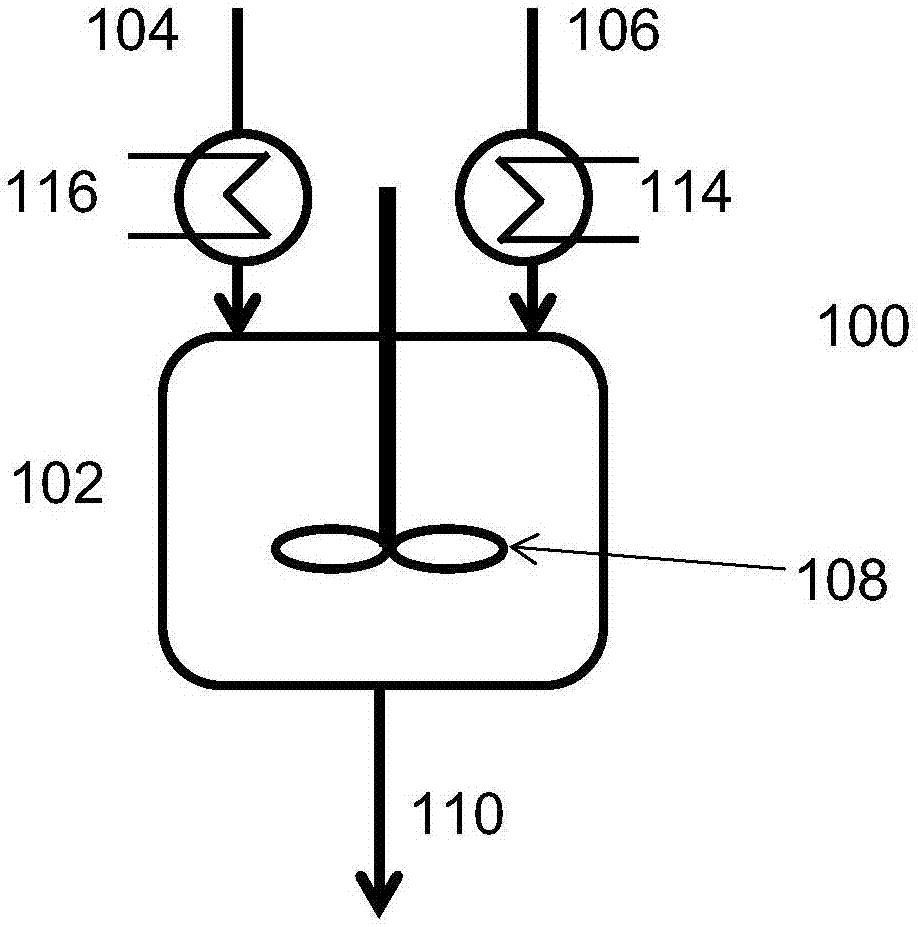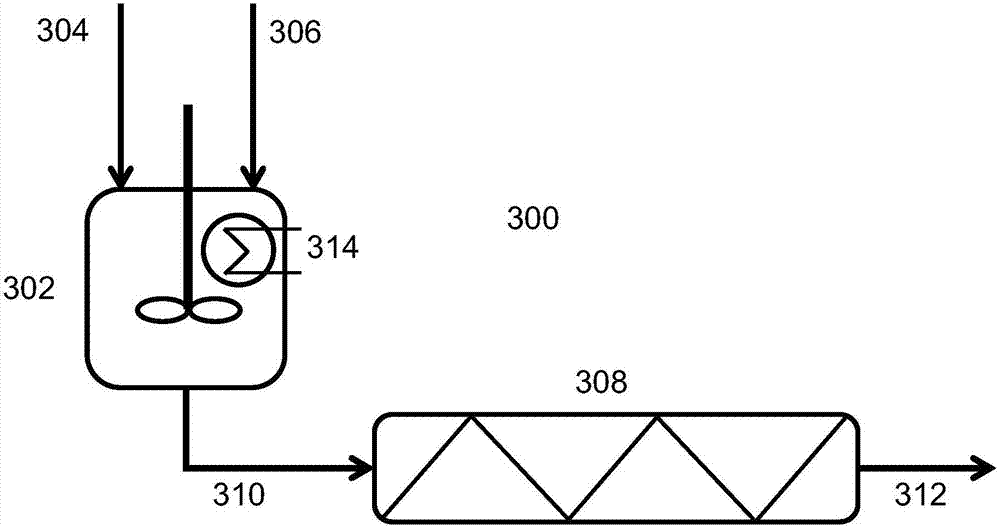Beneficiation of titanium bearing materials
A technology of anatase and beneficiation method, applied in the direction of titanium compound, titanium dioxide, improvement of process efficiency, etc., can solve the problems of low yield, being extracted, etc.
- Summary
- Abstract
- Description
- Claims
- Application Information
AI Technical Summary
Problems solved by technology
Method used
Image
Examples
Embodiment 1
[0102] The rutile and anatase concentrates were ground and mixed with concentrated sulfuric acid at a mass ratio of 1.5 acid to 1 ore. The resulting mixture was baked at 250°C for 8 hours to produce sulfate lumps. The lump was dissolved with 10% sulfuric acid to produce a titanium sulfate solution. Results A total of 98% anatase, 92% rutile and 92.0% total TiO were extracted 2 , Feed and dissolved residue analysis are shown in Table 1.
[0103] Table 1 Feed and residue analysis of Example 1
[0104]
[0105]
Embodiment 2
[0107] Rutile and anatase concentrates were ground and mixed with concentrated sulfuric acid at a mass ratio of 1.5 acid to 1 ore, and the resulting mixture was baked at 250°C for 4 hours to produce sulfate lumps, which were Dissolving with 10% sulfuric acid to produce a titanium sulfate solution resulted in a total extraction of 98% anatase, 84% rutile and 86.7% total TiO 2 . Feed and dissolved residue analysis are shown in Table 2.
[0108] Compared to Example 1, the apparent reduction of the baking duration has no significant effect on the recovery of anatase, but the recovery of rutile is slightly lower.
[0109] Table 2 Feed and residue analysis of Example 2
[0110]
[0111]
Embodiment 3
[0113] Rutile and anatase concentrates were ground and mixed with concentrated sulfuric acid at a mass ratio of 1.2 acid to 1 ore, and the resulting mixture was baked at 220 °C for 12 hours to produce sulfuric acid lumps. Dissolving the lumps in water to create a titanium sulfate solution resulted in the extraction of a total of 98% anatase, 85% rutile and 84.4% total TiO 2 . Feed and dissolved residue analysis are shown in Table 3.
[0114] Relative to Example 1, similar to Example 2, a decrease in acid and temperature but an increase in duration resolved the rutile recovery, but did not substantially affect the anatase recovery.
[0115] Table 3 Feed and Residue Analysis of Example 3
[0116] substance
PUM
 Login to View More
Login to View More Abstract
Description
Claims
Application Information
 Login to View More
Login to View More - R&D Engineer
- R&D Manager
- IP Professional
- Industry Leading Data Capabilities
- Powerful AI technology
- Patent DNA Extraction
Browse by: Latest US Patents, China's latest patents, Technical Efficacy Thesaurus, Application Domain, Technology Topic, Popular Technical Reports.
© 2024 PatSnap. All rights reserved.Legal|Privacy policy|Modern Slavery Act Transparency Statement|Sitemap|About US| Contact US: help@patsnap.com










